Tool Test: 12-in. Chopsaws
Basic miter saw is the best choice for furniture makers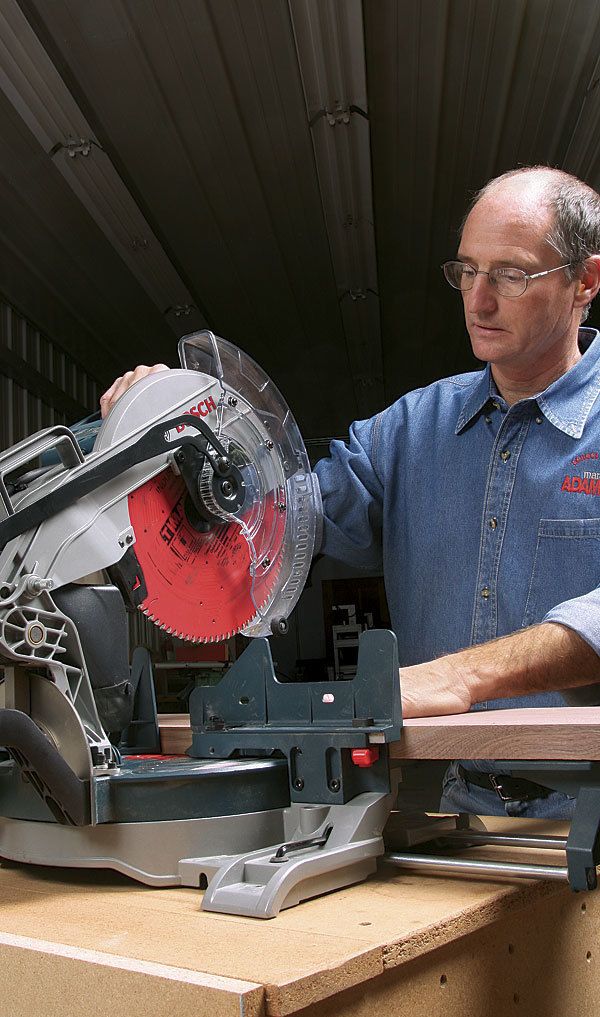
Synopsis: Fancy compound-miter saws with sliding tables are excellent tools for trim carpentry and contractor projects, but woodworking teacher Marc Adams finds that all he really needs for furniture making is a basic, 12-in chopsaw with no frills. So he tested five chopsaws that tilt in one direction only, making test cuts in hardwoods, plywood, and MDF, comparing the models for runout, flatness of tables, quality and accuracy of cut, and ease of adjustment.
Models tested include the Bosch CM12, DeWalt DW715, Makita LS1221, Ridgid R4120, and Skil 3821-01.
One advantage of running a woodworking school is that I get to buy lots of tools and learn which features are truly worthwhile. when it comes to miter saws, I’ve found a basic, nofrills chopsaw to be the most accurate and useful model in a woodshop. You don’t need to pay extra for features that don’t really pay off, such as a big sliding saw, because you probably have a tablesaw and a crosscut sled for wider stock.
I recommend saving a few more bucks by choosing chopsaws that tilt in one direction only, since I prefer pivoting the head sideways for angled cuts of all kinds, rather than tilting it. I’m not able to get furniture-quality cuts with the head leaning over sideways, probably because so much of the blade is engaged in the cut and it is hard to stop the workpiece from creeping sideways. Also, on most saws, a cut that is square to the board with the blade standing up straight suddenly isn’t when you tilt the head over sideways (see photos on the next page). The current crop of saws was no different in this respect: None was able to make a smooth, accurate bevel cut, at least not by furniture-making standards. Miter cuts, as always, were much better, if not perfect. I’m also not a fan of laser guides; in my experience, they don’t work in every position.
On the other hand, it is well worth paying for the full 12-in. blade size vs. the 10-in. models. A 12-in. chopsaw has 30% more cutting capacity than its 10-in. counterpart in both width and thickness. These larger models also have more table area, for better workpiece support, as well as a taller and longer fence system.
In the end, just five saws filled the bill, all of them 12-in., non-sliding units that tilt in one direction only.
My two most expert staffers, Zane Powell and Doug Dale, did the bulk of the testing. They’ve seen hundreds of tools and machines come and go, and they are the ones students come to when a tool breaks down or won’t work right. I developed the test criteria, supervised throughout, and did the writeup.
For the full article, download the PDF below:
Fine Woodworking Recommended Products
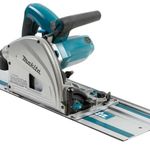
Makita SP6000J1 Track Saw
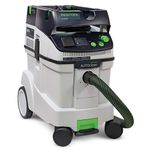
Festool Cleantec CT 26 E HEPA Dust Extractor
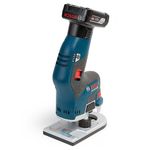
Bosch 12V Trim Router
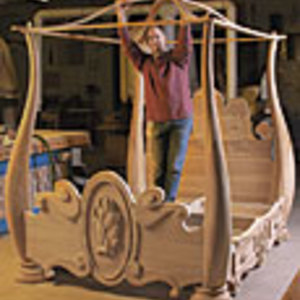






















Log in or create an account to post a comment.
Sign up Log in